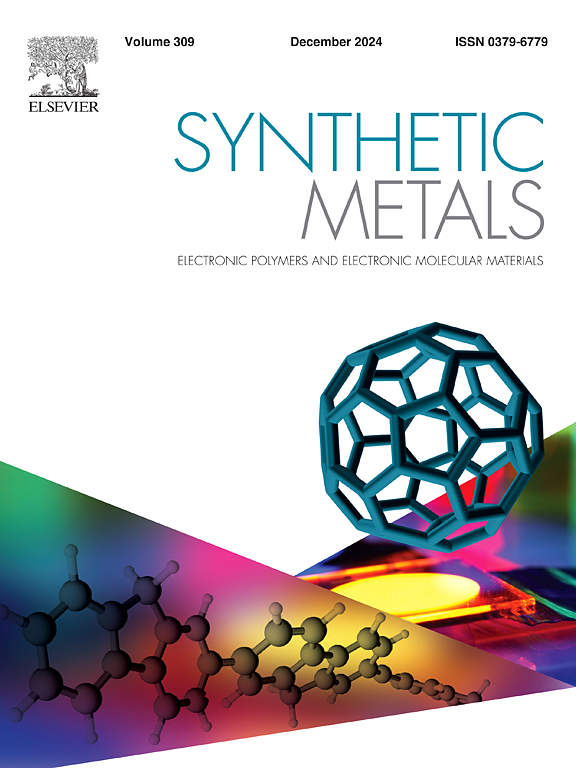Electrodeposited and in situ carbon quantum dot embedded CdS thin films as electron transport layers
IF 4.6
3区 材料科学
Q2 MATERIALS SCIENCE, MULTIDISCIPLINARY
引用次数: 0
Abstract
Cadmium sulfide (CdS) has been proposed as a promising alternative to zinc oxide (ZnO) electron transport materials, which are widely used in high-performance PbS solar cells but are known to suffer from poor stability and energy misalignment. However, the techniques currently used to grow CdS thin films allow limited control over characteristic properties such as thickness, morphology, and defect density. Herein, we demonstrate that electrodeposition technique can be an excellent method to deposit CdS, and when combined with in situ carbon quantum dot (CQD) embedding, denser films with improved surface uniformity, higher transparency and longer excited state lifetimes can be obtained. This technique, which is cost-effective and implantable on a large scale, allows simultaneous and precise control over thickness and charge carrier density, enabling us to achieve a remarkable efficiency of 7.47 % in CdS/PbS solar cells using an electrodeposited CdS for the first time. Thanks to faster exciton dissociation, interfacial charge transfer and charge carrier collection facilitated by the formation of type-II heterojunction between CQDs and CdS, the in situ embedding technique used in this study can be considered as a strategic approach to achieve higher cell performance in future.
电沉积和原位碳量子点嵌入CdS薄膜作为电子传输层
硫化镉(cd)被认为是氧化锌(ZnO)电子传输材料的一个有前途的替代品,氧化锌广泛用于高性能PbS太阳能电池,但已知其稳定性差和能量失调。然而,目前用于生长CdS薄膜的技术对诸如厚度、形态和缺陷密度等特性的控制有限。在此,我们证明了电沉积技术是一种很好的沉积CdS的方法,并且当与原位碳量子点(CQD)嵌入相结合时,可以获得更致密的薄膜,改善表面均匀性,更高的透明度和更长的激发态寿命。该技术具有成本效益和可大规模植入性,可以同时精确控制厚度和载流子密度,使我们首次使用电沉积cd在cd /PbS太阳能电池中实现了7.47 %的显着效率。由于CQDs和CdS之间ii型异质结的形成促进了更快的激子解离、界面电荷转移和电荷载流子收集,因此本研究中使用的原位嵌入技术可以被认为是未来实现更高电池性能的战略途径。
本文章由计算机程序翻译,如有差异,请以英文原文为准。
求助全文
约1分钟内获得全文
求助全文
来源期刊

Synthetic Metals
工程技术-材料科学:综合
CiteScore
8.30
自引率
4.50%
发文量
189
审稿时长
33 days
期刊介绍:
This journal is an international medium for the rapid publication of original research papers, short communications and subject reviews dealing with research on and applications of electronic polymers and electronic molecular materials including novel carbon architectures. These functional materials have the properties of metals, semiconductors or magnets and are distinguishable from elemental and alloy/binary metals, semiconductors and magnets.
 求助内容:
求助内容: 应助结果提醒方式:
应助结果提醒方式:


